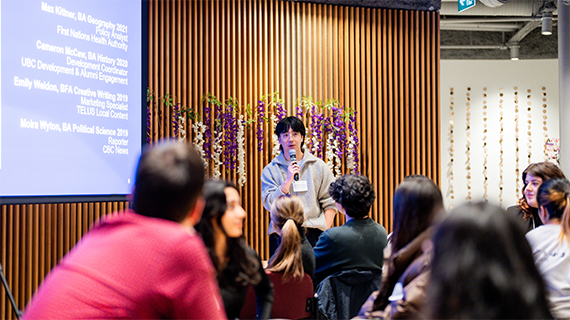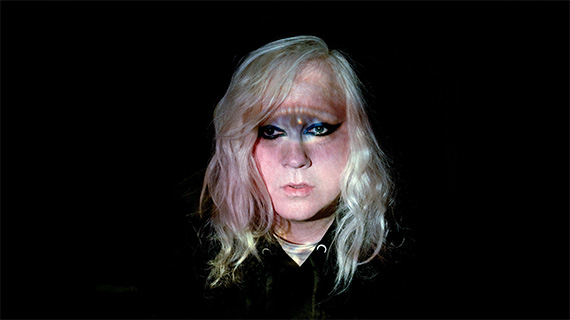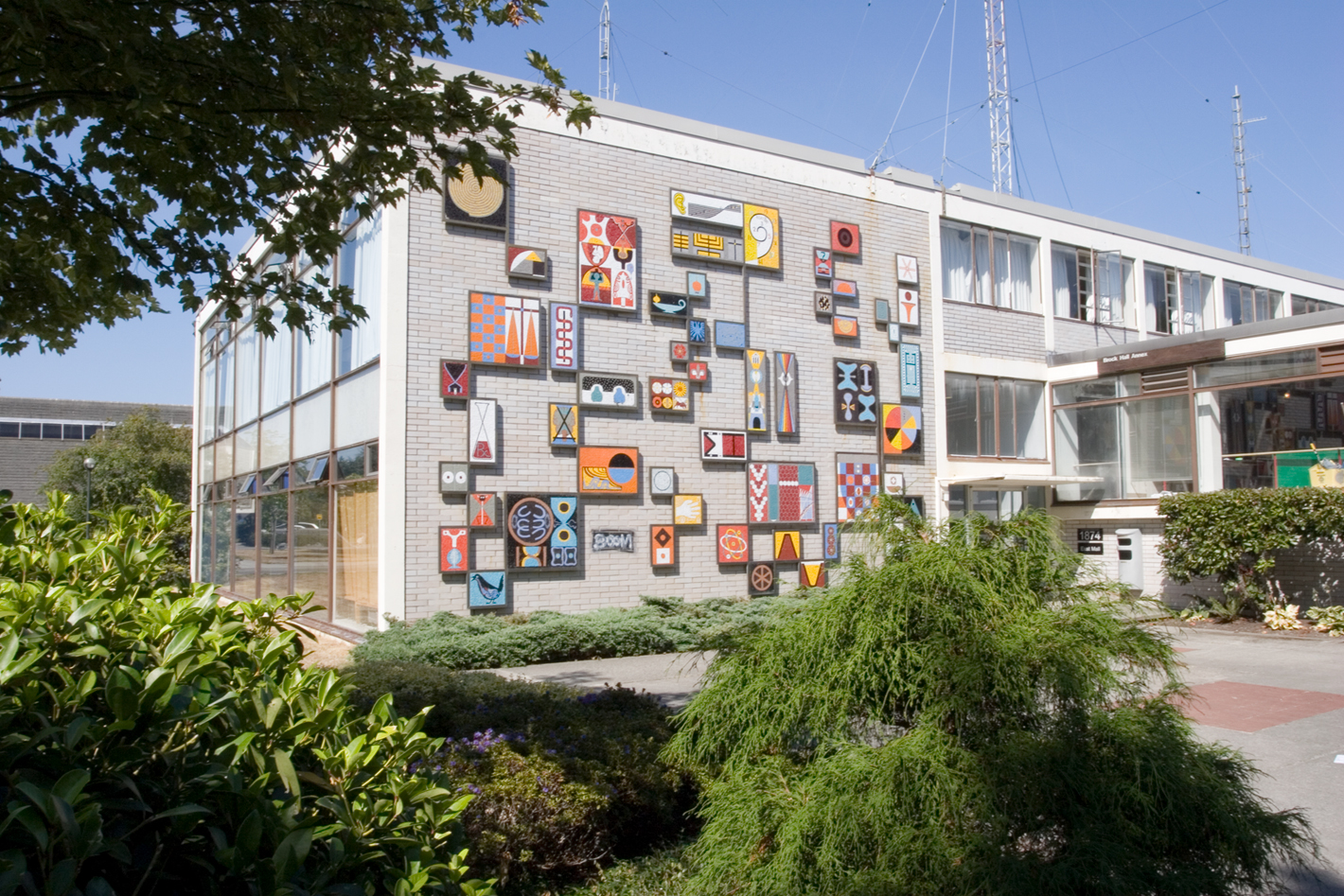

By Alex Chen
Alex Pysklywec, graduating Geography student and recipient of an Arts Undergraduate Research Award (AURA), currently works with Geography professor Dr. Juanita Sundberg to examine the implications of militarization along the U.S.-Mexico border. In addition to conducting internet based research, Pysklywec traveled to Brownsville, Texas [a city bordering Matamoros, Tamaulipas, Mexico] three times to observe the border wall, to carry out archival research at local institutions, as well as to interview policymakers and local citizens. In our discussion with Pysklywec, he tells us about what research in Arts looks like, what students can do to obtain research experience and the value of getting involved in research as an undergraduate student.
You were selected as an AURA recipient to conduct research with Dr. Sundberg. Could you tell me a little bit about what you hoped to accomplish?
Sure, we are working on a project that is informally called the Militarization of the U.S.-Mexico Border and Everyday Life. What I am specifically looking at is the impact of the border wall that the U.S. government has constructed along the U.S.-Mexico border on daily life. More specifically, I’m examining the impact that the border wall has on the lives of a small group of people who live north of the actual U.S.-Mexico border but south of the border wall.
So they’re Americans living on American territory…
Exactly. There are several farms and businesses as well as private residences south of the border wall amounting to hundreds, if not thousands, of acres of land.
I estimate that there are approximately one hundred people who live on the south side of the wall in Brownsville, TX alone. Also, there are many cases where a farmer lives on the north side of the wall, but his or her crops are all, or in part, on the south side. Questions surrounding property rights, property values and eminent domain remain unanswered.
There are also questions surrounding security, both national and personal. The US Government is planning on placing gates at access points on south side of the wall [as pictured above], but tons of questions still have not been answered.
Who will have control over the gates? When and how will they be opened and closed? How will the safety of the “gatekeeper(s)” and/or the people on the south side be ensured? For example, what happens if there is an emergency and the residents need an ambulance or police, but have no way of opening the gate themselves or have to wait for the gates to be open when every second counts?
Additionally, there has been no environmental assessment done for the construction of the border wall. In fact, more than 20 state and federal laws were waived to push this project through. Therefore, there is little known about the environmental, social, economic and political impact that this wall will have.
When did you get involved with this project?
Last June I had been thinking about applying to the MA/MSc Program in Planning at the School of Community and Regional Planning (SCARP) after graduation, so I had been working on some papers dealing with urban geography. The research got me thinking about urban planning in the U.S.-Mexico border region in the context of increasing militarization and the construction of tactical infrastructure, such as walls. I approached Dr. Sundberg with some questions about her research. I wanted to know if she had noticed any changes in the ways cities had been developing recently. Dr. Sundberg and her research colleagues had been thinking about the same things, so she asked me to come on board. She basically said to me: Why don’t I bring you on and you can answer those questions yourself?
Initially I discovered that there had been some significant impacts. For example, there is a city park in Brownsville, TX after the border wall was erected. This site was originally planned to become a riverfront walkway. The park has since been disconnected from the river and currently, primarily serves as an access point to the south side of the wall for Border Patrol Agents. Now, however, my questions have turned more towards the implications of national security and immigration policies at a local and individual level in the borderlands.
What was the job like?
It’s been very independent.
I started by doing literature reviews and looking for different primary documents online. I read tons newspaper articles about the border wall, and because my research had a lot to do with urban planning at first, I spent a lot of time looking at comprehensive community plans from cities along the US-Mexico.
Each comprehensive plan ranges from 150 – 400 pages long. I went through them, read the sections that I felt were relevant and noted down areas for further research. I definitely didn’t read the whole section about sewers (laughs).
And, as I mentioned, I also travelled to Brownsville to conduct archival research and interviews. I also have had the opportunity to present some of my initial findings at a UTPA [University of Texas Pan American] interdisciplinary conference on border related issues.
What would you advise to Arts students who want to get involved in research?
I think you definitely need to develop a relationship with your professors. For example, with Dr. Sundberg, I’ve taken every single course she’s offered during my time at UBC and I am genuinely interested in her research. I would say that if there is a professor whose research you are honestly interested in exploring and you’ve taken a lot of their courses, then go talk to them.
Even if they don’t know who you are, start approaching them and introduce yourself, so that eventually you can ask them the big question: Will you hire me? (laughs)
How would you suggest approaching professors?
You’ve got to talk to them in their office and you’ve got to make yourself known. With Dr. Sundberg, I hinted about it and asked her flat out multiple times over the course of two years. I would say things like: if you want a research assistant or ever need one, I’m interested. The kicker was when I approached her with my own ideas. She told me that she selected me because I had my own ideas and I was formulating my own questions about her research project that took it in new directions.
What do you consider is the primary value of undergraduate Arts research?
For a student, if you are thinking about going forward in your academic career, it’s unbelievable. I’m starting my Master’s in Geography at UBC in the fall and I can pretty much hit the ground running. In fact, I’m carrying on with this project. Some Master’s students struggle to figure out what they are going to do, where they’re going to do it, how to do it. I don’t have to worry as much about those questions, because undergraduate research helped me learn how to do what I want to do.
For professors, this is a chance to share their skills more directly with interested undergrads and help enrich the lives of their students beyond the classroom. Given that professors are in such a good position to provide these types of opportunities through the AURA and/or the use of their funding from other sources, I believe that faculty should be open to working with undergrad students and to allow up and coming minds to participate in and enrich the professors’ research.
For the students who do not intend to pursue graduate studies, what do you think are some of the benefits of participating in undergraduate research?
With research, you learn how to create something from nothing but an idea. Along the way you develop a very valuable skill set. You’ve gone places (locally or globally) and done independent research and/or interviewing, and you’ve made connections by expanding your network. When I started the project, I didn’t know anyone in Texas. Now I’ve made friends and contacts down there. All of this shows that a person has extraordinary initiative and demonstrates that you can take something from beginning to end. That’s huge. These skills are extremely relevant for careers in policy research in the public and non-profit sectors or marketing and product research in the corporate world.
Alex Pysklywec, thank you very much for sharing your passion for research and clarifying what Arts research looks like for us. We wish you the best of luck with your Master’s degree!
At the Faculty of Arts, we are committed to featuring outstanding Arts undergraduate students. If you know of an Arts student who has an inspiring story, please nominate him or her to be featured in an article. Contact us at cass.comms@ubc.ca.


